Here’s a handful of images that we’ve posted to our Instagram (@frostentomologicalmuseum) over the past few months. Enjoy the eye candy!
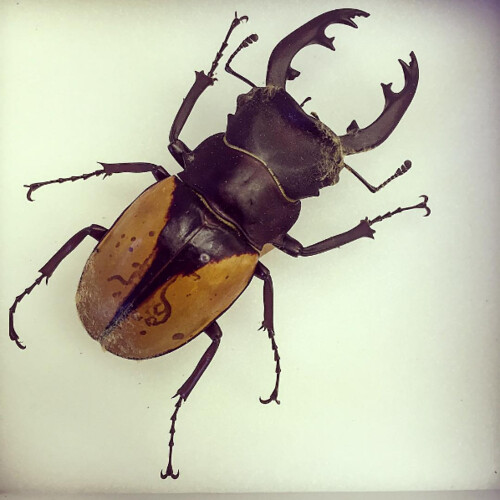


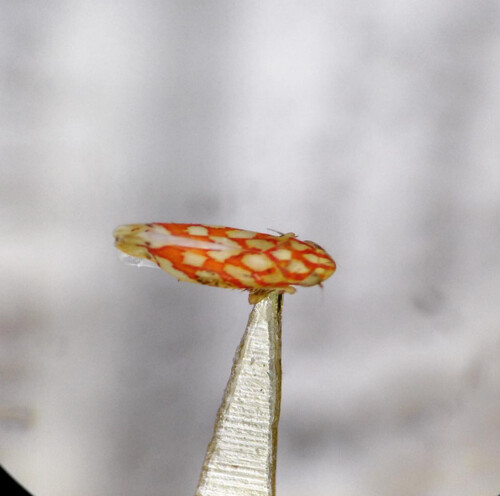




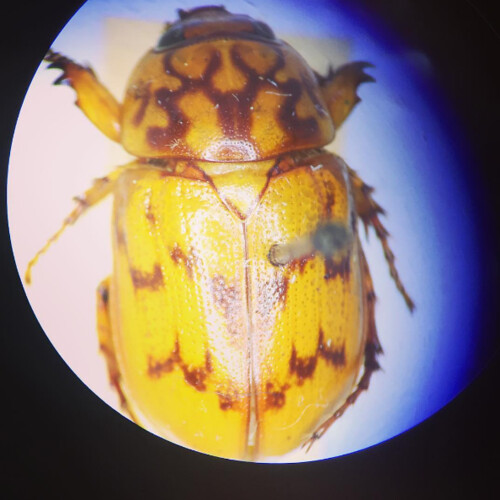

Here’s a handful of images that we’ve posted to our Instagram (@frostentomologicalmuseum) over the past few months. Enjoy the eye candy!










When it comes to parenting, many insects tend to be uninvolved with their offspring. As any parent knows, rearing young requires an immense amount of energy and time. That’s why we’re giving the Father of the Year Award to males in the genus Abedus (Hemiptera: Belostomatidae) for their dedication to parenthood! Abedus species, also known as “water bugs,” are unique in that the females lay egg clutches directly on the backs of males.

While parenthood has its rewards, it also has its risks. Once a clutch had been laid on the back of an Abedus male, additional mating opportunities plummet, they become more obvious to predators, and they becomes less mobile (Smith 1976). To cushion these risks, males are able to abort the clutch if conditions are subpar (Smith, 1976).

In order for the offspring to successfully develop, they must be exposed to water and surface air frequently. To accomplish this feat, males swim just below the water surface and bob up and down (Smith 1976). Despite consuming a lot of energy and putting males at risk for becoming a meal, their dedication pays off. A study by Smith showed that 97% of eggs on healthy males hatched successfully and likely contain the father’s genes!

Father’s Day is right around the corner (this Sunday, June 19th). Don’t forget to thank the fathers in your life for all they have done!
Call it what you want, a lightning bug or a firefly, Photuris pennsylvanica (De Geer,1774) is the state insect of Pennsylvania! Since P. pennsylvanica is in the order Coleoptera, it is actually a beetle…not a true bug or a fly!

In general, fireflies can be found worldwide in warm to temperate environments that are humid; they have a preference for grassy to woodland habitats near bodies of water.
The lifecycle begins as larval fireflies hatch from eggs on the ground. While larval fireflies are known to eat invertebrates such as slugs and snails, the diet of adult fireflies is highly variable from nectar to other fireflies. Larvae burrow underground to overwinter, then emerge in the spring to feast again. In the late spring larvae burrow underground again to pupate, emerging as mature fireflies in the early summer (Buschman, 1984).

As the temperature rises, mature fireflies light up the night as a form of communicating with one another. Luciferin, luciferase, and ATP are the chemicals responsible for the fireflies’ glow (McElroy and DeLuca, 1978). This reaction is highly efficient, barely any of the energy is emitted as heat! (Click here for a quick lesson on bioluminescence.) Along with attracting a mate, fireflies use light to signal to predators that they are distasteful as well as to defend their territory. Flash patterns vary between species of fireflies and can be used to help identify different species (Lloyd, 1969). (Click here for a quick lesson on flash patterns.) Certain species (such as photinus) mimic the patterns of other species (like photuris) to attract mates (Lloyd, 1965).

Fireflies serve as good indicator species, in which species distribution and population sizes indicate the health and quality of an environment. Unfortunately, firefly populations are on the decline. Potential causes of their decline include light pollution, land development, and environmental degradation.
To learn more about this phenomenon, researchers at institutes such as Clemson University are engaging citizen scientists to help track and record firefly populations. Last year, Clemson hosted the Vanishing Firefly Project to create a firefly census. To successfully do this, researchers created firefly counter apps for Android phones and iPhones that allowed volunteers to record fireflies based on the type of light flashes produced. More information on this project can be found here and here.

Each year, the Pennsylvania Firefly Festival takes place near Tionesta, PA. Don’t forget to mark your calendar, this year the festival will take place on June 25th at the Black Caddis Ranch!
Lastly, the firefly, specifically the common eastern firefly (Photinus pyralis), is also one of the state insects of Tennessee.
The next post in this series will showcase the state insect of quite a few states…the European honey bee (Apis mellifera)!
While not every state has a designated state insect, many states have both a state insect and a state butterfly. Many states also share state insects and state butterflies!
South Carolina has both a designated insect and butterfly: the Carolina mantis (Stagmomantis carolina Johansson) and the Easten Tiger Swallowtail (Papilio glacus Linnaeus).
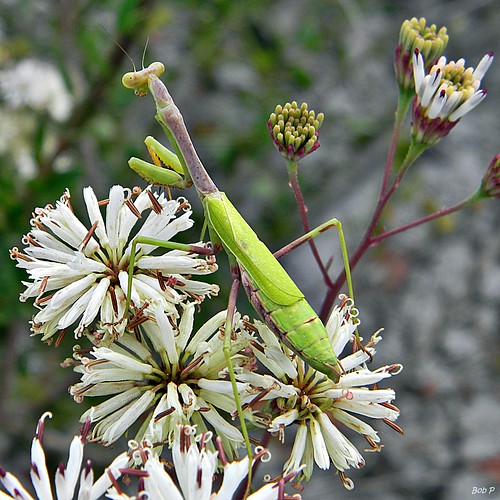
The Carolina mantis is native to the United States; it can be found from Florida to southern New York, and as far west as Utah . These generalist carnivores are well camouflaged by their coloration (ranging from light green to brown) and stick and leaf-like appearance (Ohio State University Extension).
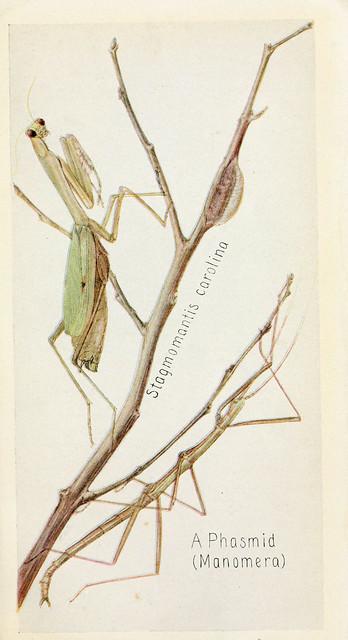
As mantises mature, they capture and devour prey that is relative to their current size. Due to their generalist predation habits, mantises will exhibit cannibalistic behaviors under certain circumstances. It is well known that female mantises occasionally consume males after mating (University of Nebraska Extension).
The Carolina mantis was designated as South Carolina’s state insect in 1988 by the General Assembly for the following reasons:
Whereas, the Carolina mantid, Stagmomantis carolina (Johannson), or praying
mantis, is widely recognized as a beneficial insect; and
Whereas, this easily recognizable insect ranges throughout this State; and
Whereas, the Carolina mantid symbolizes the importance of the natural
science of entomology and its special role in all forms of agriculture in
helping to control harmful insects; and
Whereas, the Carolina mantid provides a perfect specimen of living science for the school children of this State.

Eastern Tiger Swallowtails (ETS) are distributed throughout the United States, but are most commonly found in states east of the Rocky Mountains. Adults feed on nectar from various flowers, while larvae feed on the leaves of various trees including tulip, sweet bay, and wild cherry.
Young caterpillars are mottled brown and white in coloration, like bird droppings, while older caterpillars are bright green with large eyespots in their thorax. When agitated, older caterpillars will evert their osmeterium (an orange, Y-shaped, organ normally concealed by the thorax) as a defense. Along with making ETS caterpillars look like little snakes (or Caterpie, the Pokemon), the osmeterium also secretes terpenes that can repel attackers (Eisner and Meinwald, 1965). Check out this great video to see an osmeterium in action!

Adult male ETS are yellow in color and have four black stripes going down each wing. They have small orange spots and a hint of blue at the inner base of their bottom wings.

Adult female ETS are dimorphic, so they can either be yellow or black. Yellow morphs are similar to males in that they have four black stripes. Yellow females also have a blue band that spans the base of the bottom wings.

Black morphs are solid black, except for the band of blue that spans the base of the bottom wings.

They are a Batesian mimic of the Pipevine Swallowtail (Battus philenor Linnaeus), meaning that they have the warning coloration of the Pipevine Swallowtail (bold blue against black) but are not toxic to predators like the latter.

The ETS was originally designated as the state butterfly of South Carolina in 1976. In 1994, the bill was amended to include the following reasons for its designation:
Whereas, the tiger swallowtail, a large, yellow, black-striped butterfly, is one of the most familiar butterflies in North America and is one of the most common and conspicuous butterflies in the Eastern United States; and
Whereas, documentation of this butterfly in South Carolina dates back to 1725 when it was painted with a native shrub by an English painter, Mark Catesby; and Whereas, the Garden Club of South Carolina has identified the tiger swallowtail as of particular interest to South Carolinians because it can be seen in deciduous woods,along streams, rivers, and wooded swamps, and in towns and cities throughout South Carolina.
Lastly, the Eastern Tiger Swallowtail is also the state butterfly of Delaware, Georgia, and North Carolina!
Next in this series: the state of Pennsylvania…the Pennsylvania firefly!
Did you know that the Frost has an Instagram account where museum curators post photos of the most recent happenings?
Our account (frostentomologicalmuseum) features unique specimen and little bits of history that we’ve come across while updating storage, imaging, and transcribing on the Taxonworks database.
In the true spirit of Instagram, we would like to showcase some of our favorite pictures from the past several weeks in a blog series called “Throwback Thursday.”
Enjoy!

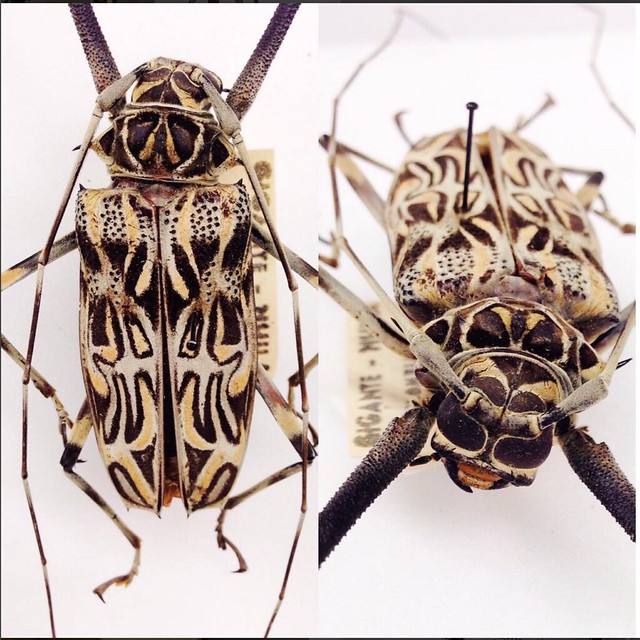




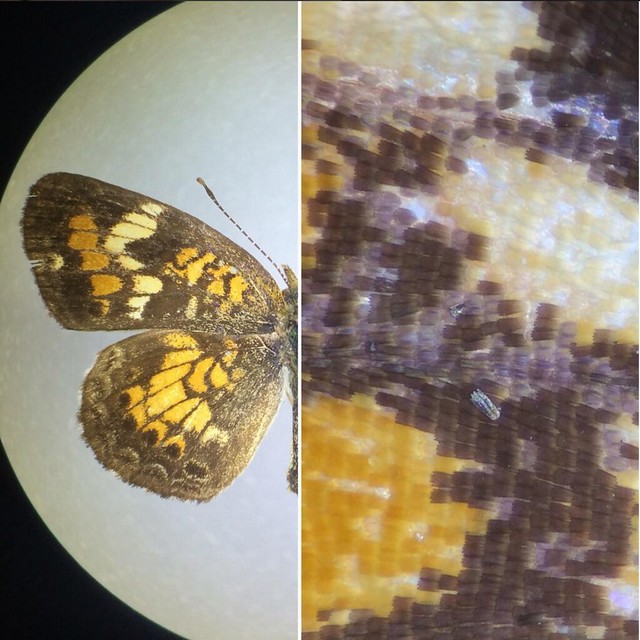
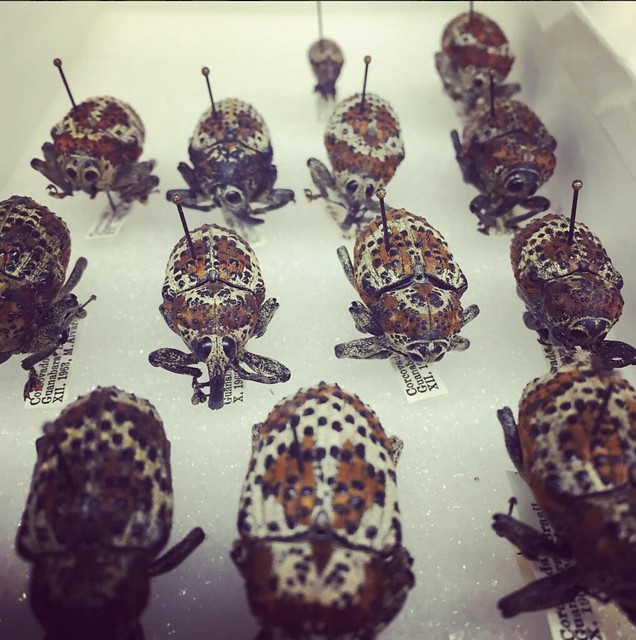
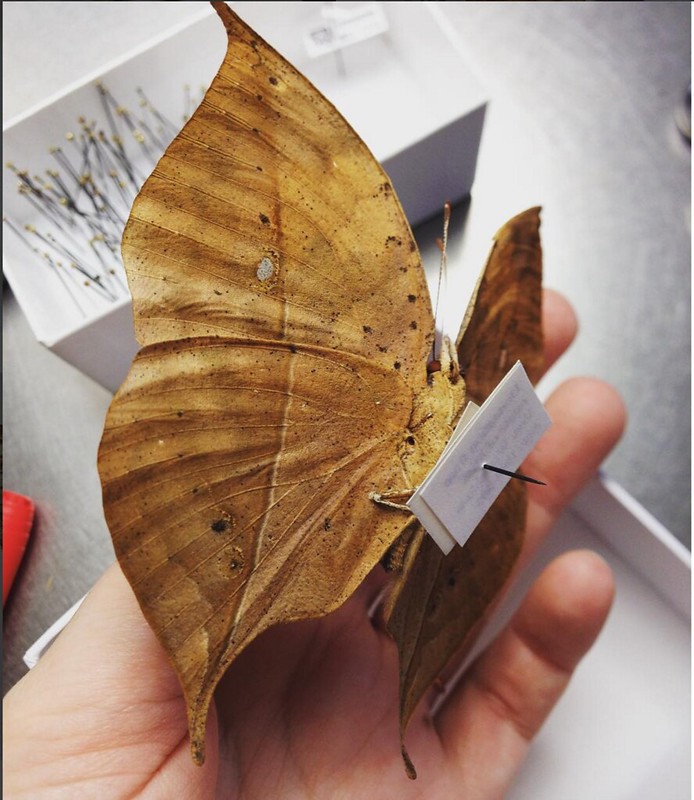

Department of Entomology, in the College of Agricultural Sciences, at Penn State
Visit our Frost Museum facility website for more information